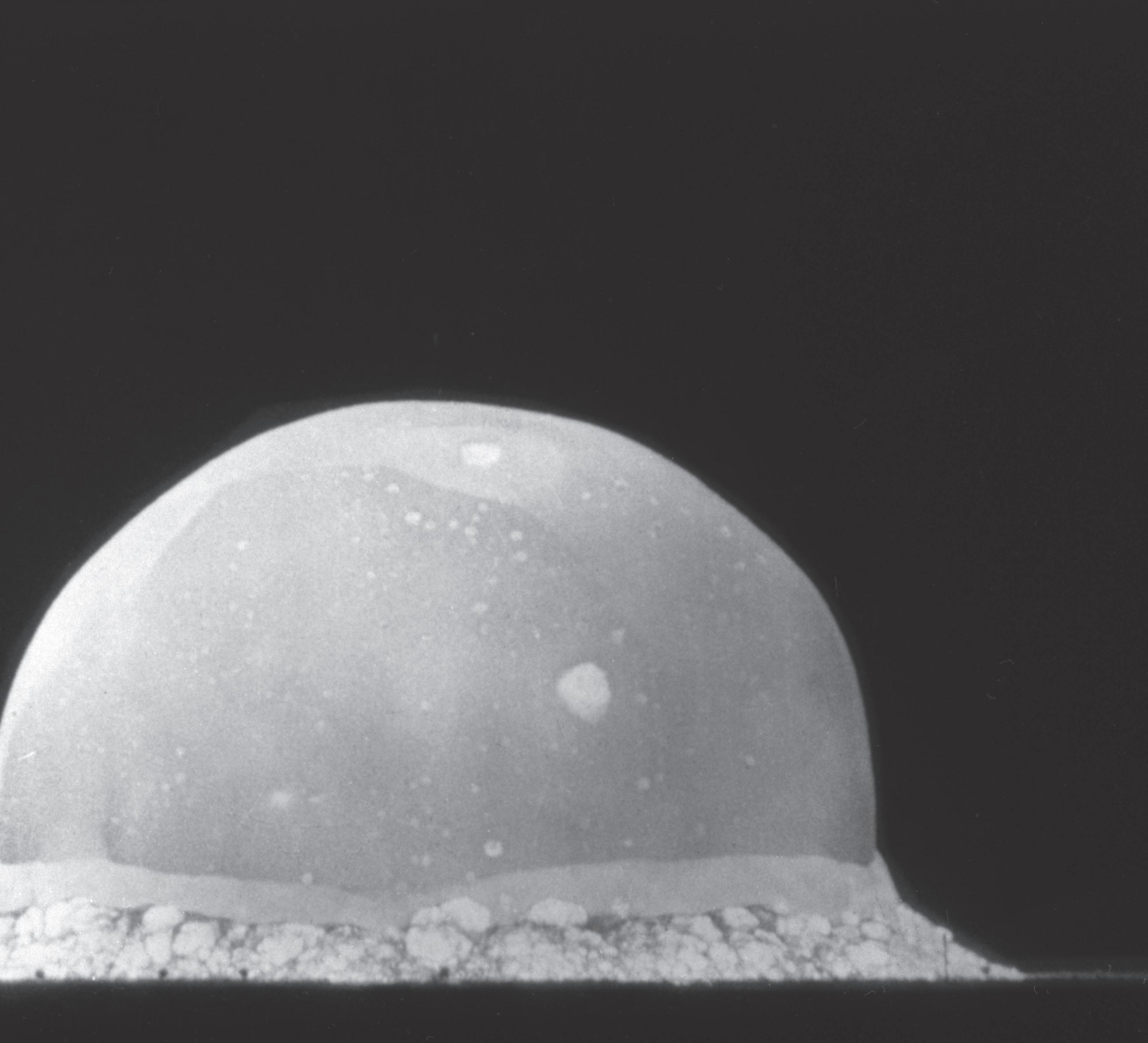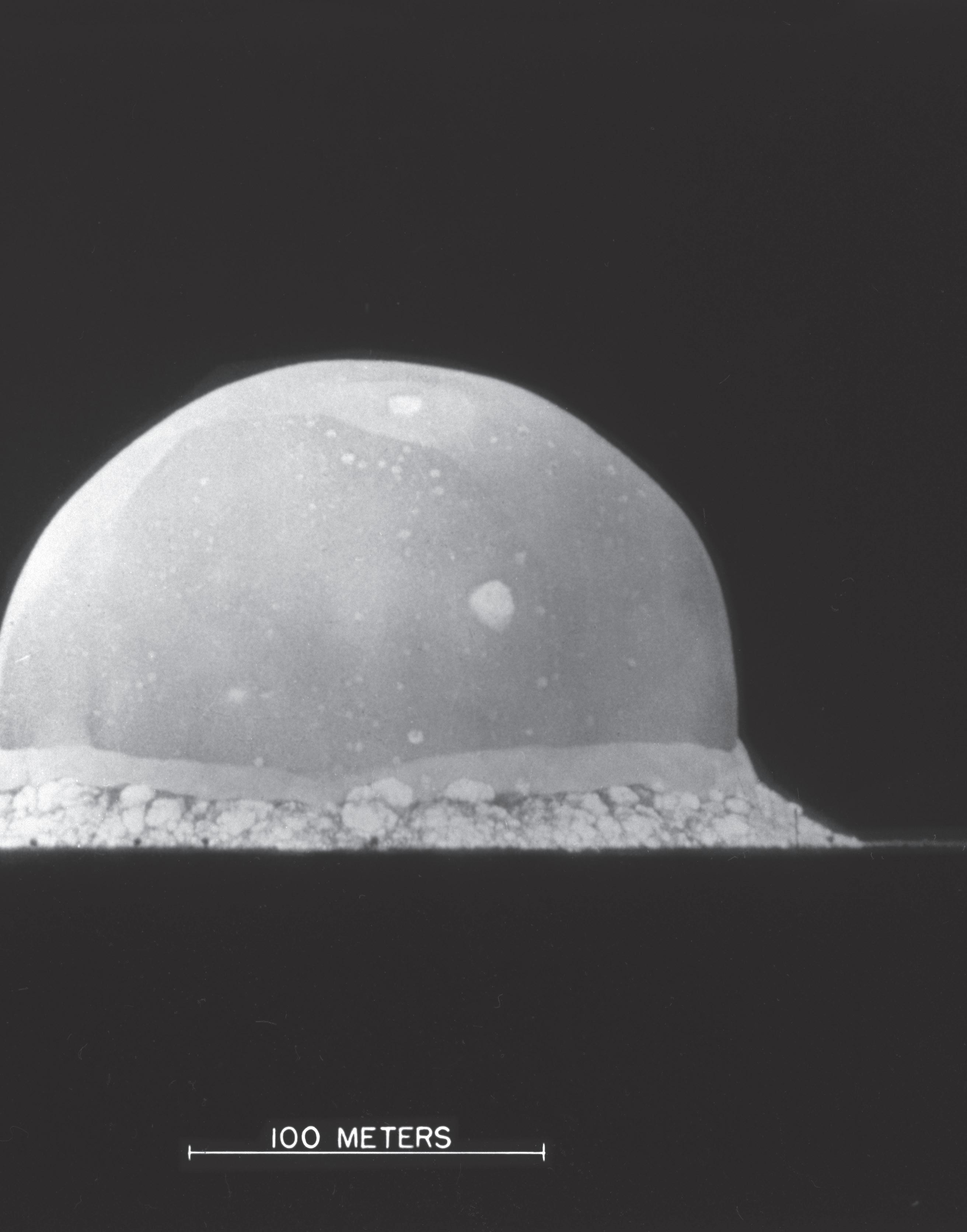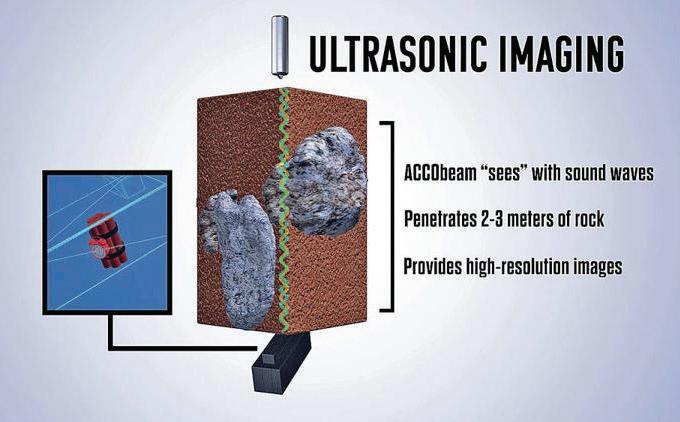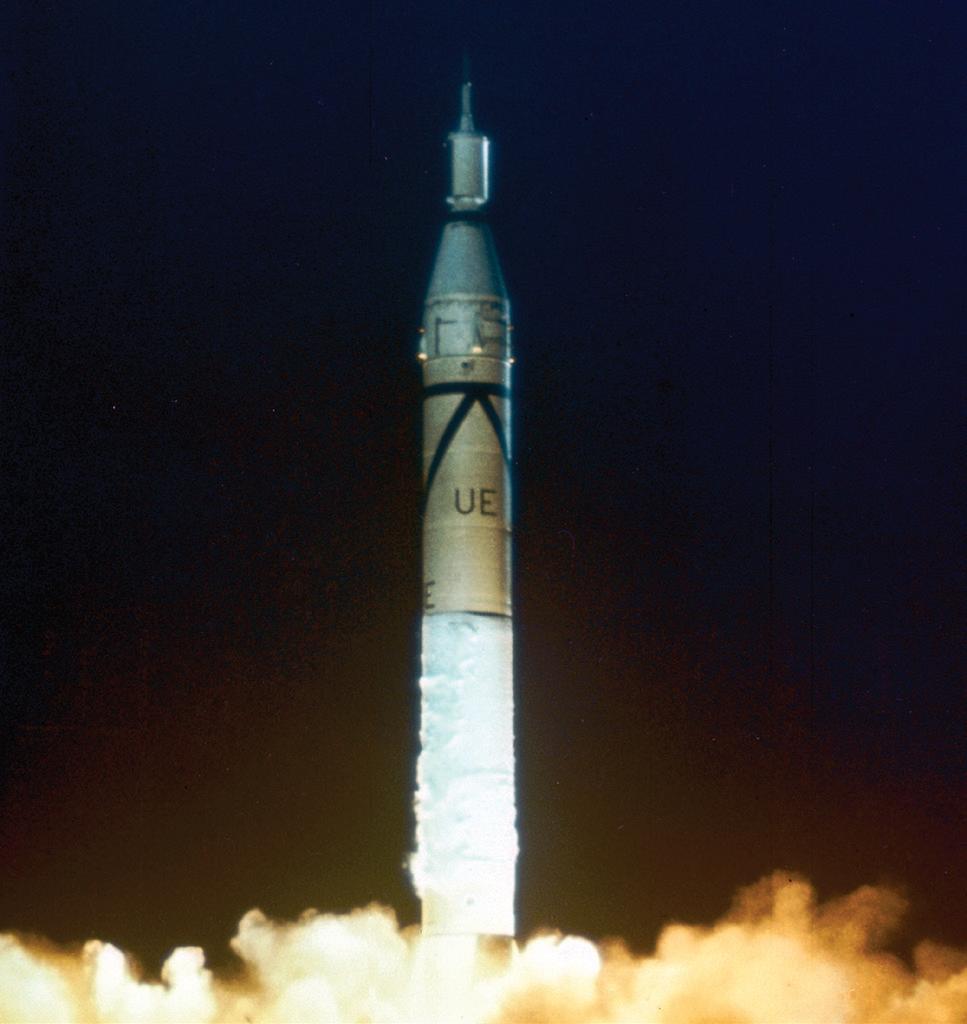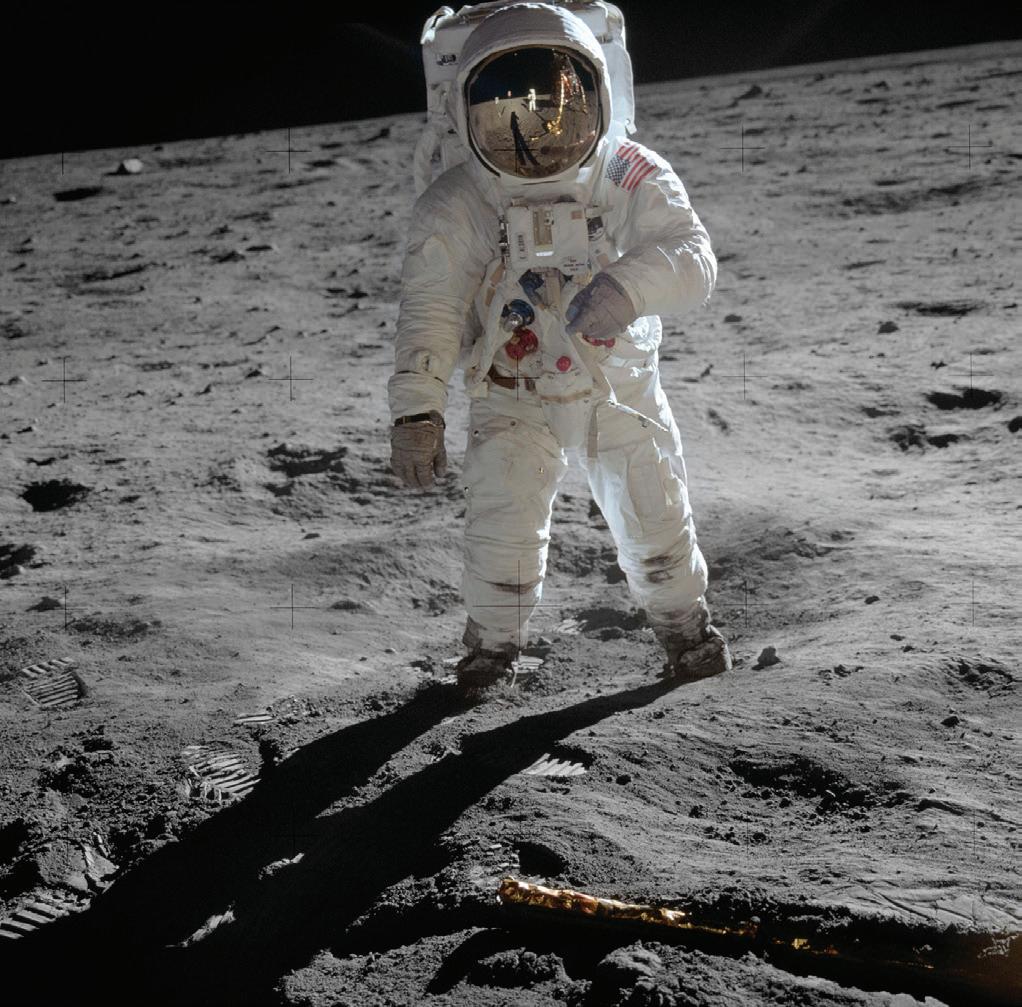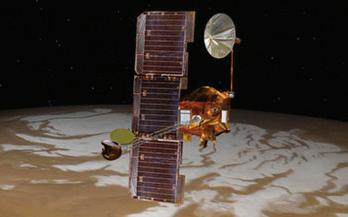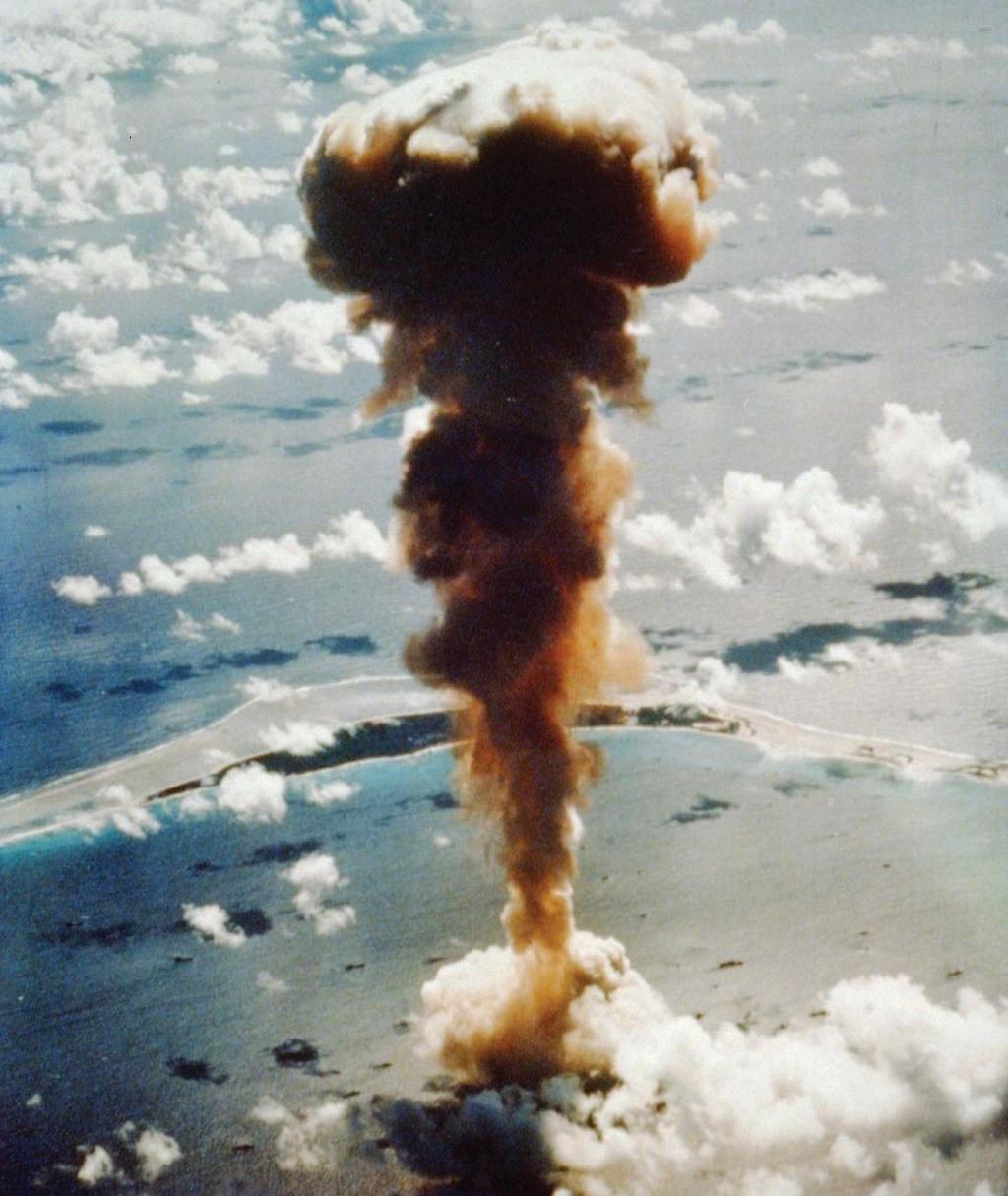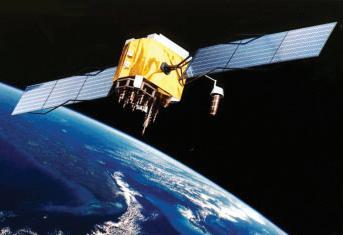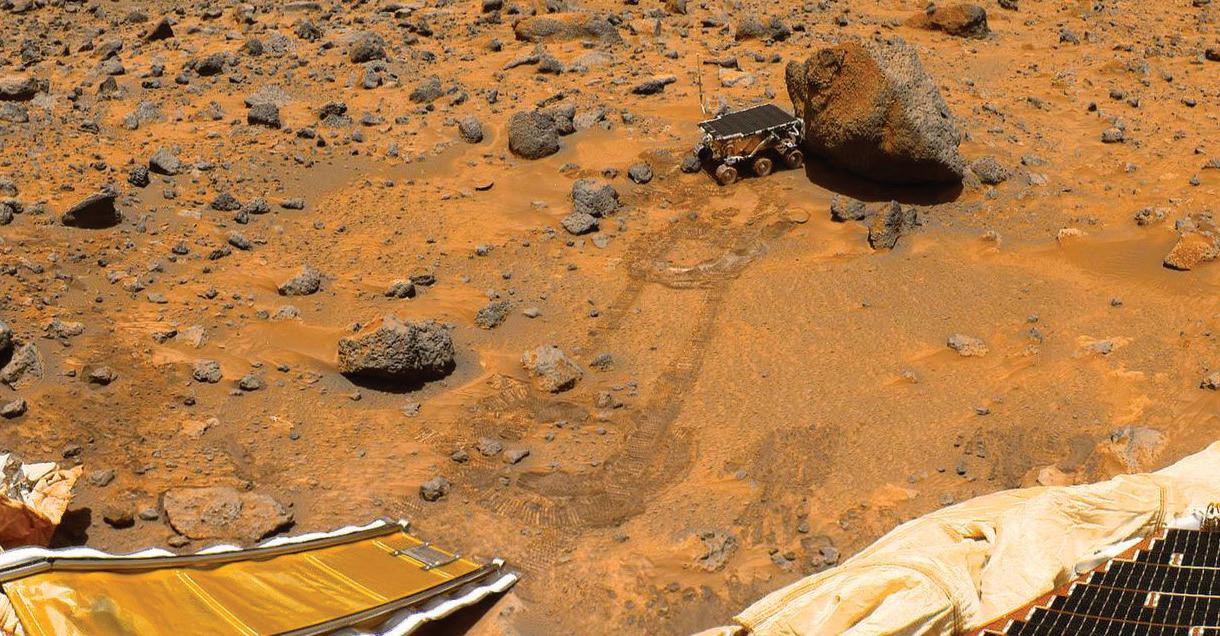
3 minute read
TRINITY TEST - JULY 16, 1945
1
Manhattan Project: The Origin of the Trinity Test
Advertisement
Los Alamos, New Mexico
In the 1920s-1930s, a young Hungarian-German physicist Leo Szilard led the field of nuclear research, submitting patents for a linear accelerator (1928) and cyclotron (1929), before collaborating with Albert Einstein to develop the Einstein refrigerator.
But when Hitler came into power in 1933, Szilard fled to England, encouraging his friends and family to do the same. In England, he first described the nuclear chain reaction (1933) and patented an early design for a nuclear fission reactor (1934).
In 1938, Szilard joined Einstein in the United States, but the rumor that a group of Berlin chemists had split the uranium atom made them so concerned that in 1939, they sent an urgent letter to President Franklin D. Roosevelt, warning him that that Axis scientists were working to turn new nuclear discoveries into a superweapon. Roosevelt responded by launching The Manhattan Project, a nationwide network of laboratories and manufacturing facilities designed to collaboratively assist in the manufacture of a new atomic weapon.
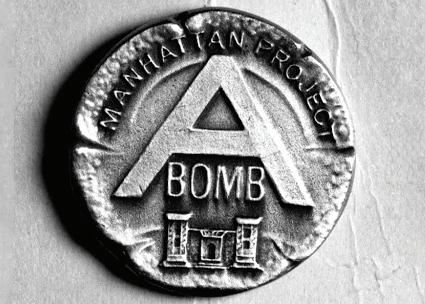
When the Manhattan Project was first proposed, the future scientific director J. Robert Oppenheimer argued that all of the scientists needed a secure central facility, where they could freely exchange ideas. Military director Brigadier General Leslie Groves insisted on a location that would minimize security risks.
The Laboratory was established in 1943 and designated as site Y of the Manhattan Project for a single purpose: to design and build an atomic bomb.
It took just 27 months. On July 16, 1945, the world’s first atomic device was detonated 200 miles south of Los Alamos at Trinity Site on the Alamogordo Bombing Range. Under the project leadership of General Leslie R. Groves and staff direction of J. Robert Oppenheimer, scientists at the Laboratory had successfully weaponized the atom.
2
JULY 16, 1945
The world’s first nuclear explosion occurred on July 16, 1945, when a plutonium device was tested at a site located 210 miles south of Los Alamos on the barren plains of the Alamogordo Bombing Range, known as the Jornada del Muerto. Inspired by the poetry of John Donne, J. Robert Oppenheimer code-named the test “Trinity”.
Hoisted atop a 100-foot tower, the plutonium device, nicknamed Gadget, detonated at precisely 5:30 a.m. over the New Mexico desert, releasing 18.6 kilotons of force, instantly vaporizing the tower and turning the surrounding asphalt and sand into green glass. Seconds after the explosion came an enormous blast, sending searing heat across the desert and knocking observers to the ground.
The success of the Trinity test led to the end of World War II less than two months later on September 2, 1945. Since then, nuclear deterrence has been the cornerstone of the U.S. defense strategy. The outstanding science of the Trinity Test launched our Nation into an era of leading scientific and technological innovations for over seven decades.
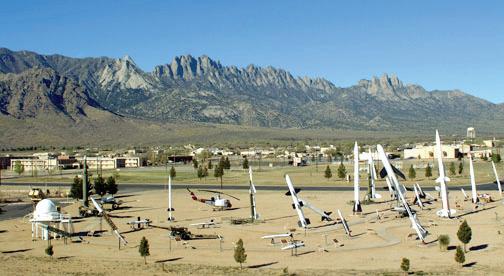
White Sands Missile Range
It was seen to last forever. You would wish it would stop; altogether it lasted about two seconds. Finally it was over, diminishing, and we looked toward the place where the bomb had been; there was an enormous ball of fire which grew and grew and it rolled as it grew; it went up into the air, in yellow flashes and into scarlet and green. It looked menacing… A new thing had just been born; a new control; a new understanding of man, which man had acquired over nature. “ Isidor I. Rabi Manhattan Project Veteran, Scientist, Nobel Prize Winner, Trinity Test Eyewitness
